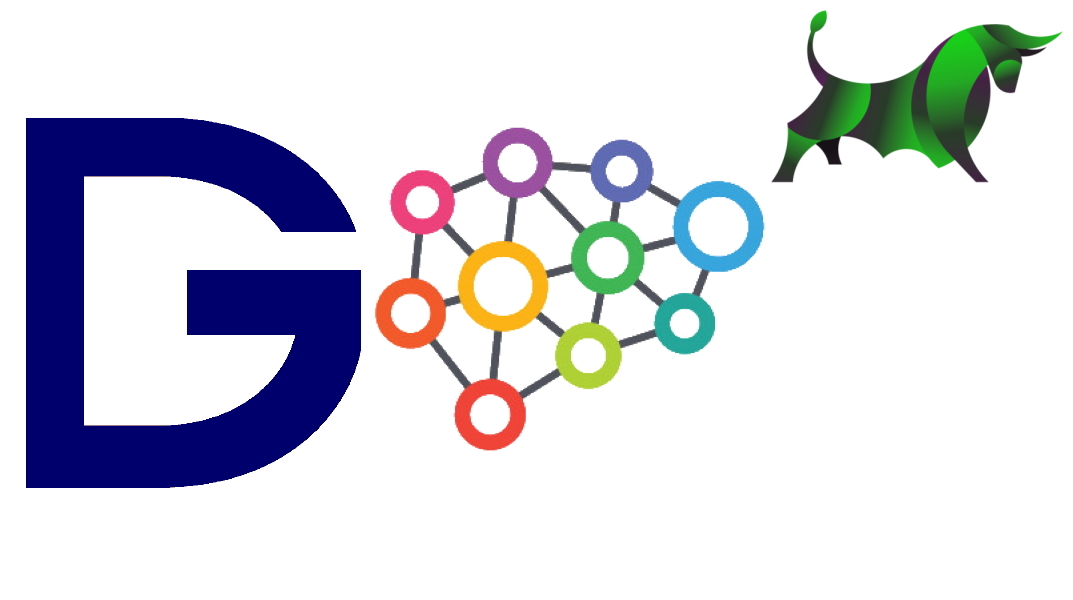Featured Application
This research provides a cutting-edge application in the field of digital marketing, focusing on understanding and enhancing user engagement on e-commerce websites. By leveraging machine learning models and Google Analytics, the study decodes consumer behavior patterns to offer actionable insights for marketers. Key application areas include user behavior analysis: Utilizing decision trees and other machine learning classifiers, the research identifies key predictors of user engagement, such as the event count, sessions, purchase revenue, and bounce rate. This allows for precise classification of users into different engagement levels. Marketing strategy optimization: The findings offer recommendations for personalized marketing strategies. For instance, optimizing user interfaces, providing tailored content, and employing interactive elements like quizzes and polls can significantly enhance user engagement and retention. Predictive analytics: The study justifies the incorporation of predictive analytics in digital marketing, enabling marketers to forecast user behavior and engagement trends. This facilitates proactive adjustments in marketing campaigns to better meet user needs and preferences. E-commerce enhancement: The application of these insights helps in optimizing the e-commerce platform’s performance, ensuring a seamless user experience, reducing bounce rates, and increasing conversions and purchase revenues. Overall, this research showcases how advanced analytics and machine learning can transform user engagement strategies, making digital marketing more effective and data driven. Detailed examples of real-world applications of this framework can be found in the discussion part.
Abstract
User engagement metrics, including engaged sessions, average engagement time, bounce rate, and conversions, provide significant insights into online behavior. This study utilizes Google Analytics data insights and predictive statistics to analyze these metrics and apply classification models to enhance digital marketing strategies. Relationships among key metrics including event count, sessions, purchase revenue, transactions, and bounce rate, were examined using descriptive statistics, revealing factors affecting user engagement. Machine learning classifiers, such as decision trees (DTs), Naive Bayes (NB), and k-nearest neighbors (k-NN), were assessed for their effectiveness in classifying engagement levels. DTs achieved a classification accuracy of 97.98%, outperforming NB (65.00%) and k-NN (97.90%). Furthermore, techniques like pruning are applied for performance optimization. Primarily, this paper goas is to generate a series of recommendations to help the decision-makers and marketers optimizing the marketing strategies. This study highlights the significance of artificial intelligence (AI) integration in digital marketing as a best practice for optimizing decision-making processes.
Keywords: predictive analytics; data mining; digital marketing; Google Analytics; key performance indicators; user behavior; user engagement
